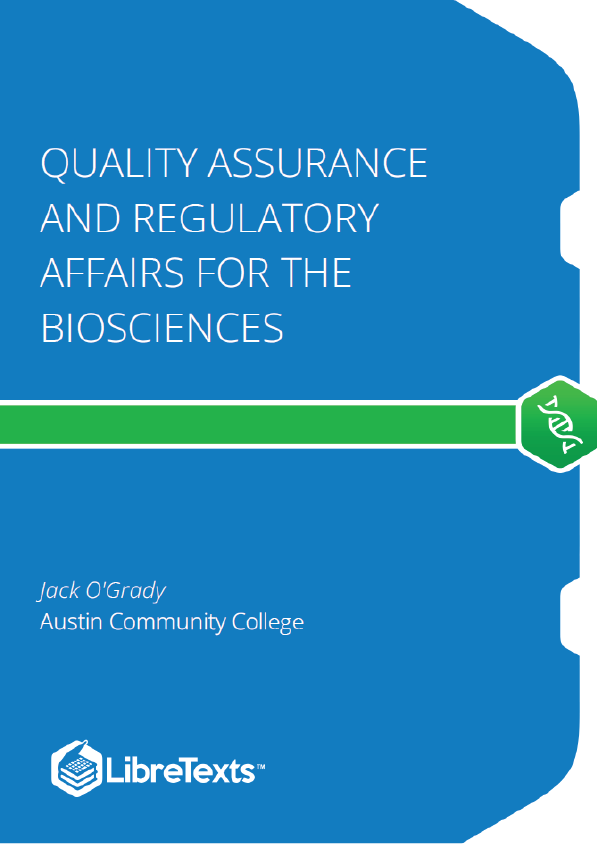What is Biotechnology?
According to the United Nations Convention on Biological Diversity, biotechnology is “any technological application that uses biological systems, living organisms, or derivatives thereof, to make or modify products or processes for a specific use.” The concept of “specific use” typically involves a commercial application or benefit to humanity. Genetic engineering, artificial selection, antibiotic production, and cell culture are current topics of study in biotechnology. However, humans were using microbes to create useful products long before Karl Ereky, a Hungarian engineer, coined the term biotechnology. Some of the products of this early biotechnology are as familiar as cheese, wine, yogurt, and beer, which employ microbes, such as yeast, a fungus (Figure ).
Figure : Some of the products derived from the use of prokaryotes in early biotechnology include (a) cheese, (b) wine, (c) beer and bread, and (d) yogurt. (credit Some food produced by microorganisms, by OpenStax, modification of work by F. Rodrigo/Wikimedia Commons. CC BY 4.0 license).
Early Biotechnology
Cheese production began around 4,000 to 7,000 years ago when humans began to breed animals and process their milk. Fermentation, in this case, preserves nutrients: Milk will spoil relatively quickly, but when processed like cheese, it is more stable. As for beer, the oldest records of brewing are about 6,000 years old and were an integral part of the Sumerian culture. Evidence indicates that the Sumerians discovered fermentation by chance. Wine has been produced for about 4,500 years, and evidence suggests that cultured milk products, like yogurt, have existed for at least 4,000 years.
In the early twentieth century, scientists gained a greater understanding of microbiology and explored ways of manufacturing specific products. In 1917, Chaim Weizmann first used a pure microbiological culture in an industrial process that of manufacturing corn starch using Clostridium acetobutylicum to produce acetone, which was used to manufacture explosives during World War I. Shortly after that, in 1928, Alexander Fleming discovered the mold Penicillium. His work led to the purification of the antibiotic compound formed by the mold by Howard Florey, Ernst Boris Chain, and Norman Heatley – to form what we today know as penicillin. In 1940, penicillin became available for medicinal use to treat bacterial infections in humans.
The New Biotechnology
The field of modern biotechnology is generally thought of as having been born in 1971 when Paul Berg’s experiments in gene splicing had early success. Herbert W. Boyer Stanley N. Cohen significantly advanced the new technology in 1972 by transferring genetic material into a bacterium, such that the imported material would be reproduced, giving birth to the field of recombinant DNA technology. The commercial viability of a biotechnology industry was significantly expanded on June 16, 1980, when the United States Supreme Court ruled that a genetically modified microorganism could be patented. Technology breakthroughs since the 1980s, such as Polymerase Chain Reaction, Sanger Sequencing, Whole Genome Sequencing, and more recently, CRISPR have brought forth a new age of Biotechnology and products.










